List of National Natural Landmarks in California
From List of National Natural Landmarks, these are the National Natural Landmarks in California. There are 36 in total.[1]
| Name | Image | Date | Location | County | Ownership | Description |
|---|---|---|---|---|---|---|
| Amboy Crater | |
May 1973 | Amboy 34°32′38″N 115°47′28″W / 34.543889°N 115.791111°W | San Bernardino | federal (Bureau of Land Management) | A 6,000-year-old volcanic cinder cone, made up of pahoehoe. Its location just off historic U.S. Highway 66 has given many visitors the opportunity to climb a volcano. |
| Anza-Borrego Desert | |
1974 | Imperial, Riverside, San Diego | state (California Department of Parks and Recreation) | The largest desert state park in the nation. | |
| Audubon Canyon | 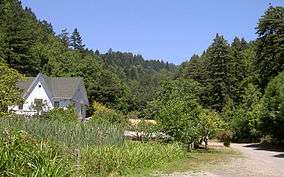 |
1968 | Marin | private | The largest known nesting area for great blue herons and American egrets on the Pacific Coast. | |
| Año Nuevo State Reserve | |
1980 | San Mateo | state (California Department of Parks and Recreation) | The only mainland breeding ground for the northern elephant seal in the world. | |
| American River and Phoenix Park Vernal Pools |  |
1976 | Sacramento | mixed- county, private | Contains outstanding examples of vernal pools, and blue oak woodlands | |
| Black Chasm Cave |  |
1976 | Amador | private | A small three-level cave containing an outstanding variety of speleothems and some of the best helictite formations in the West. | |
| Burney Falls | 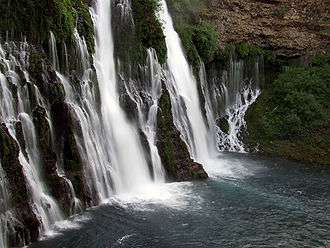 |
1984 | Shasta | state (California Department of Parks and Recreation) | Contains some of the best examples in the western United States of a river drainage regulated by stratigraphically-controlled springs, and of a waterfall formed by undercutting of horizontal rock layers. | |
| Cinder Cone Natural Area | |
1973 | San Bernardino | federal (Mojave National Preserve) | A complex of over 20 large cinder cones of recent origin with extensive and continuous lava flows. | |
| Cosumnes River Preserve |  |
1976 | Sacramento | mixed- private, federal | A small remnant of a rapidly disappearing riparian woodland community type that once formed a major part of the central California valley. | |
| Deep Springs Marsh | 1975 | Inyo | private | An example of increasingly rare desert marsh. | ||
| Dixon Vernal Pools | 1987 | Solano | private | The best example of valley needlegrass grassland in the Great Central valley. | ||
| Elder Creek | 1964 | Mendocino | private (University of California Natural Reserve System) | A largely undisturbed watershed containing large old stands of Douglas fir, broadleaf evergreens, and deciduous trees. | ||
| Emerald Bay | 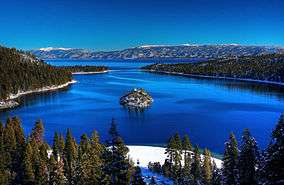 |
1968 | El Dorado | state (California Department of Parks and Recreation) | An outstanding example of glacial geology. | |
| Eureka Dunes | 1983 | Inyo | federal (Death Valley National Park) | The tallest dune complex in the Great Basin. | ||
| Fish Slough | 1975 | Inyo, Mono | mixed- federal (Bureau of Land Management), state, municipal | A large, essentially undisturbed desert wetland that provides habitat for the endangered Owens pupfish. | ||
| Guadalupe-Nipomo Dunes | 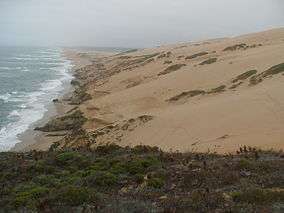 |
1974 | San Luis Obispo | mixed- federal (Guadalupe-Nipomo Dunes National Wildlife Refuge), state, private) | The largest relatively undeveloped coastal dune tract in California. Includes off-highway vehicle dune recreation, a national wildlife refuge, beaches, and nesting for the western snowy plover. | |
| Imperial Sand Hills | 1966 | Imperial | federal (Bureau of Land Management) | One of the largest dune patches in the United States. | ||
| Irvine Ranch Natural Landmarks | 2006 | Orange | mixed- state, county, municipal | A remarkably complete stratigraphic succession ranging in age from late Cretaceous to the present. | ||
| Lake Shasta Caverns | |
May 2012 | Shasta | private | An extraordinarily well-decorated solution cave that contains an especially diverse assemblage of calcite cave formations. | |
| Miramar Mounds | 1972 | San Diego | federal (Marine Corps Air Station Miramar) | Contains unique soil features called mima mounds, which are found in only three or four locations in the country. | ||
| Mitchell Caverns and its "Winding Stair" cave | 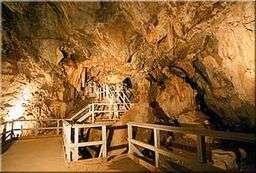 |
1975 | San Bernardino | state (California Department of Parks and Recreation) | The most important solution caverns known in the Mohave Desert. | |
| Mt. Diablo State Park |  |
1982 | Contra Costa | state (California Department of Parks and Recreation) | Geologic strata of Jurassic, Cretaceous, and Tertiary age can be seen in an aggregate thickness of 42,000 feet (13,000 m). | |
| Mount Shasta | |
1976 | Siskiyou | federal (Shasta-Trinity National Forest) | One of the world's largest and most impressive stratovolcanoes. | |
| Pixley Vernal Pools | 1987 | Tulare | private | One of the few remaining natural vernal pools containing rare endemic plant species. | ||
| Point Lobos | |
1967 | Monterey | state (California Department of Parks and Recreation) | An outstanding example of terrestrial and marine environments in close association. | |
| Pygmy Forest at Jug Handle State Natural Reserve | 1969
1973 |
Mendocino | state (California Department of Parks and Recreation) | A unique forest of low, stunted trees and shrubs. This NNL was expanded in 1973 to include the entire five step Ecologic Staircase, or Marine terrace series on which the pygmy forest is located. | ||
| Rainbow Basin | |
1966 | San Bernardino | federal (Bureau of Land Management) | Deep erosion canyons with rugged rims. | |
| La Brea Tar Pits (Rancho La Brea) | 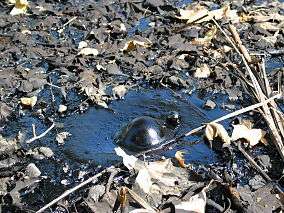 |
1964 | Los Angeles | municipal (City of Los Angeles) | Site of the world-famous natural asphalt tar pits. | |
| San Andreas Fault |  |
1965 | San Benito | private | One of the best illustrations of earth displacement caused by small crustal movements. | |
| San Felipe Creek | 1974 | Imperial, San Diego | federal (Bureau of Land Management), state | Probably the last remaining perennial natural desert stream in the Colorado Desert region. | ||
| Sand Ridge Wildflower Preserve | 1984 | Kern | private | A remnant natural area displaying a great diversity of floral species. | ||
| Sharktooth Hill | 1976 | Kern | private | One of the most abundant, diverse and well- preserved fossil marine vertebrate sites in the world. | ||
| Tijuana River Estuary |  |
1973 | San Diego | federal (Tijuana River National Estuarine Research Reserve), state, municipal | One of the finest remaining saltwater marshes on the California coastline. | |
| Torrey Pines State Reserve | 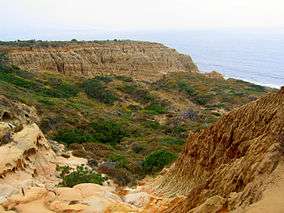 |
1977 | San Diego | state (California Department of Parks and Recreation) | Contains a unique and undisturbed biological community supporting endangered bird species. | |
| Trona Pinnacles | 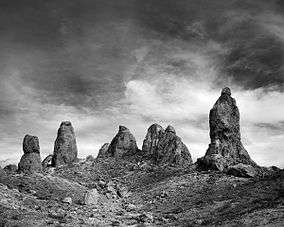 |
1967 | San Bernardino | federal (Bureau of Land Management) | A relict landform from the Pleistocene containing unique formations of calcium carbonate. | |
| Turtle Mountain | 1973 | San Bernardino | federal (Bureau of Land Management), state | Contains two mountain sections of entirely different composition. | ||
References
- ↑ "National Natural Landmarks Program, California". National Park Service. Retrieved 2013-01-04.
This article is issued from Wikipedia - version of the 4/22/2016. The text is available under the Creative Commons Attribution/Share Alike but additional terms may apply for the media files.